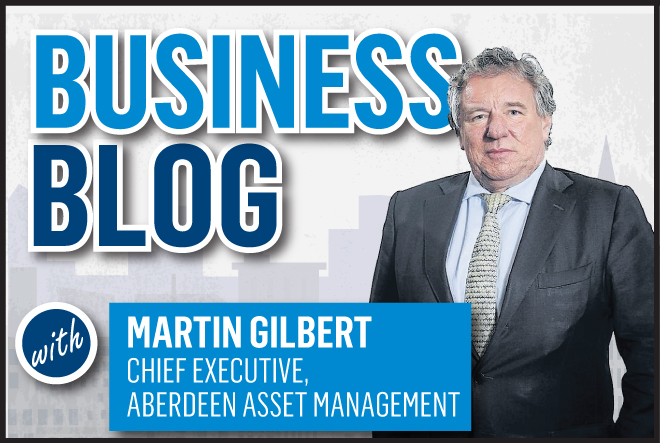It’s encouraging to see the Scottish Government energetically promoting its Making Maths Count initiative, designed to improve maths and numeracy attainment across primary and secondary schools.
This programme was given fresh urgency by the wake-up call policy-makers received from a review of the Scottish curriculum published by the Organization for Economic Cooperation and Development (OECD) last December.
While many of its findings were positive, the review highlighted declining achievement levels in maths. This is borne out by the PISA (Programme for International Student Assessment) international league tables. In the first PISA assessment, in 2000, Scotland’s ranking for literacy in maths was 5th equal; by 2012 it had declined to 25th. The UK was down at 26th, while the top performers were China (Shanghai), Singapore and Hong Kong.
In a world where technological advances are accelerating, mathematical illiteracy is a recipe for economic decline. While it’s great to see bright youngsters in the emerging economies of Asia fulfilling their potential, we have to retain the ability to compete in global markets. We need a pipeline of talent to fuel all our industries, including financial services.
Improving understanding of maths and numeracy for young people gives them the very best chance of succeeding in life. I was lucky enough to have an inspirational maths teacher at school, Mr Payne, and that has certainly been of huge benefit to me throughout my career. So I’m delighted Aberdeen Asset Management is contributing to the Making Maths Count National Profile Raising Group, since initiatives of this kind raise awareness of the importance of these essential skills.
We need to understand and overcome the issues that are making pupils reluctant to study a subject so fundamental to our everyday existence. It’s clear the main problem is psychological. Pupils become convinced they “can’t do” maths and this gives them a mental block, amounting sometimes to a fear of the subject.
The solution is to teach maths in a way that is interesting rather than intimidating. Feedback from schools shows many youngsters have a perception of maths as “boring”, not related to real life and unlikely to be of use after schooldays. In fact the exact reverse is the reality.
Our entire environment is dependent on maths. You can’t construct any vehicle, from a golf buggy to a space capsule, without using maths. Maths skills open the door to a rich variety of careers, from IT to weather forecasting. In Scotland, more than 100,000 people are already employed in digital technology and the opportunities are expanding rapidly.
For many of these jobs you don’t need a university degree in maths, but you do need a good grounding in the basic skills, numeracy and reasoning abilities that Higher Maths gives pupils. It’s also the right basis for a career in the financial services industry.
The data the Making Maths Count group has studied shows the key need is to improve the way maths is presented to pupils, to get them engaged. They need to understand the crucial contribution maths makes – from familiar objects like their mobile phones, to enlarging our knowledge of the outer reaches of the universe.
Maths teaching should be interesting, even entertaining, and interactive. Of course pupils dislike maths if they are failing to solve problems, but once they start doing so successfully the surge of confidence that comes from the realisation “I can do this” will get them hooked on a once dreaded subject.
Like so many things, the parallel is with sport, where motivational coaches strive to replace the so-called “fixed mindset” of losers with the “growth mindset” of successful competitors.
Maths can actually be fun. Ask Kjartan Poskitt, whose humorous books in the “Murderous Maths” series have been translated into 20 languages and have made maths a favourite subject with children around the world. You might not have thought maths could be laugh-a-minute, but this success story proves it can.
Not every maths teacher is naturally as inspirational as the one who motivated me to love the subject, but with the right support and a new approach they can successfully engage pupils.
At the same time, there are still plenty of truly inspiring teachers. A striking example is Colin Hegarty, a maths teacher in Wembley, London who has been shortlisted for the $1m Varkey Foundation Global Teacher Prize – the “Nobel Prize” of teaching – after creating more than 1,000 online videos explaining maths to secondary school pupils.
The mindset that needs to be eliminated is the superstition that some pupils “can’t do” maths. It’s a skill like any other, and motivation and hard work will enable most schoolchildren to overcome initial difficulties. We owe it to our young people to equip them with maths skills, vital to modern life, but we also need that crucial pipeline of talent if Britain is to continue to count in the world.










